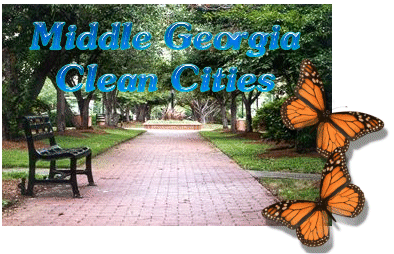|
"Visibility" is a measure of how the air looks. It can be described as
the maximum distance that an object can be perceived against a
background sky. Visibility also can refer to the clarity of objects in
the distance, middle or foreground. Visibility is unique among air
pollution effects because it involves human perception and judgment. |
|
What causes poor visibility? |
|
Along the Front Range, visibility impairment is caused primarily by fine
particles (0.1 - 2.5 microns in diameter). Particles this size either
scatter or absorb light coming from an object. Sulfates, nitrates, and
elemental and organic carbon are most effective at scattering or
absorbing light. Human-caused sources of these particles include
woodburning, emissions from cars, trucks, and buses, soot from burning
fields, and electric power generation. Visibility is also degraded by
secondary aerosols, which are tiny gas and/or liquid droplets that are
formed by chemical reactions between sulfate or nitrate and ammonia.
Ground level ozone, which contributes to haziness in high
concentrations, is formed when nitrogen oxides and volatile organic
carbons (from motor vehicles and industry) combine with sunlight. |
|
How does visibility affect humans? |
|
The visual quality of the air affects human welfare. Consequently, loss
in visual quality may result in economic loss as the area becomes less
attractive to residents, potential newcomers and industries. There is
increasing information that shows a link between respiratory illness and
fine particles, which also contribute to visibility impairment. |
|
Are there standards for visibility? |
|
Yes, the State of Colorado has enacted a visibility standard based upon
the visual preferences of Denver residents. However, the standard
applies to all communities along the Front Range that are part of the
AIR (Automobile Inspection and Readjustment) area. The visibility
standard is .076 per kilometer of atmospheric extinction, which means
that 7.6% of light in a kilometer of air is blocked. The standard
applies between the hours of 8:00 a.m. and 4:00 p.m., and only when the
relative humidity is less than 70 percent.
Home | Back to Top
|

